Why are some people better home cooks than others? Some of it is an innate gift, the same way some people are great at construction or music or athletics or getting the pull-cord lawn mower started on the first try. Some of it is experience, which any grandmother can tell you is acquired only through a lifetime of trial and error.
Some of it, though, is just learning. There are tips and tricks that experienced, good home cooks don't even think about but which yield better results, even given the same ingredients in a dish. Below are five of these tips that will improve your cooking.
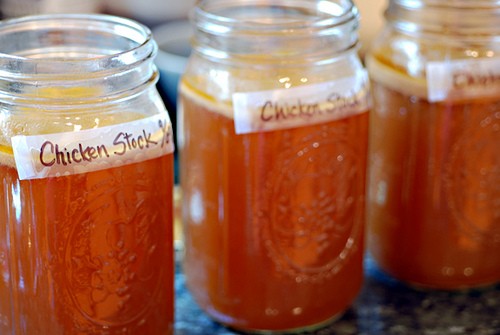
]
1. Make your own stock. While there are some good boxed stocks out
there–Trader Joe's has a pretty decent one–nothing beats homemade
stock. Save bones from roasted meats (even rotisserie chicken bones
will work, as long as the marinade wasn't particularly strongly
flavored) and put them in the freezer. You can use them straight out of
the freezer, no defrosting required.
Make the stock on a day when you'll be home, so that you can keep the
flame on the barest simmer (this makes the clearest stock). As you
start, you'll need to skim the protein-laden fluff that floats to the
top, and you'll need to add water now and then to keep the bones
submerged, but it's otherwise a fairly low-maintenance thing to make.
Freeze the stock in manageable portions and you'll have a base that
will transport your soups and gravies to a new level.
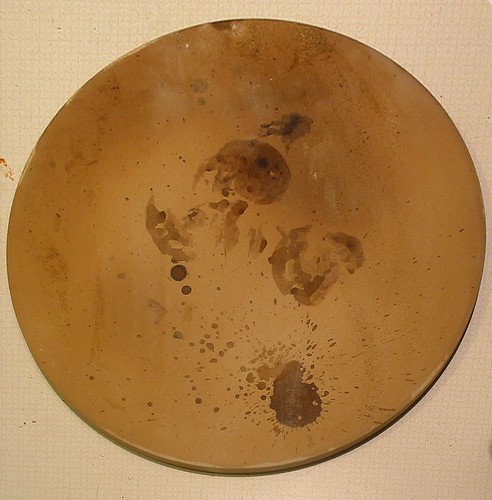
2. Put a quarry tile in your oven. Your oven is lying to you. It
says it's preheated to 400°F, but there might be a leak in the seal or
a misfiring gas jet, and all of a sudden it's actually 380°F or even
350°F in there, your food isn't done when you think it should be, and
dinner is late or ruined. Even if it's brand new and perfectly
calibrated (lucky you!), all ovens have something called “oven swing”.
Ovens don't run all the time, so the setting of 400°F is actually the
average of a range between (if you're lucky) 390°F and 410°F. If you're
unlucky, it could be as much as thirty degrees on either side.
Adding weight to your oven is the answer. While it will extend your
preheat time (from 15 minutes to about 25 minutes is probably
sufficient unless you're actually baking directly on the tile), adding
an unglazed quarry tile to your oven will reduce swing significantly
and provide a source of pretty constant heat to the oven. You can leave
it in the oven all the time. If you take it out to clean it, though,
make sure you let it sit outside the oven to dry fully (a day or two)
before putting it back in, or it may crack. Baking directly on the tile
will result in crispy-bottomed pizzas and much better bread.
Alton Brown is right, incidentally; you don't need a $30 pizza stone (though if you have one, use it),
you can buy an unglazed quarry tile at Home Depot or Lowe's.[
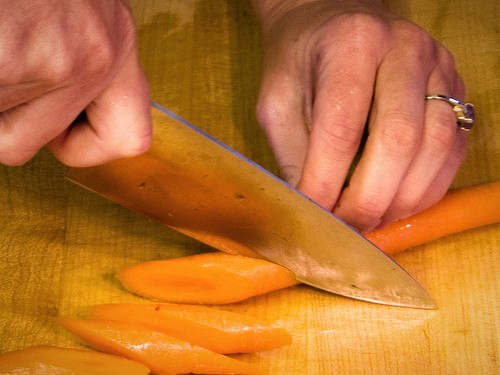
3. Cut on the bias. The first thing chefs know that bad
cooks don't is how to hold a knife (hint: don't point your finger along
the back of the knife), and the second is that cutting on the bias
changes your food in dramatic ways. Cutting on the bias means cutting
diagonally. When applied to vegetables, it increases the amount of
surface area and can result in quicker cooking. In the case of fruit
with tough peels such as apples, it means that you won't have a chewy
piece of skin completely surrounding the flesh.
In addition, cutting grilled or roast meats (for example, roast pork or
London broil) on the bias ensures that you cut across the grain and end
up with a more tender bite. If you cut along the grain, the meat will
be stringy and tougher, even if it's a tender cut such as filet mignon.
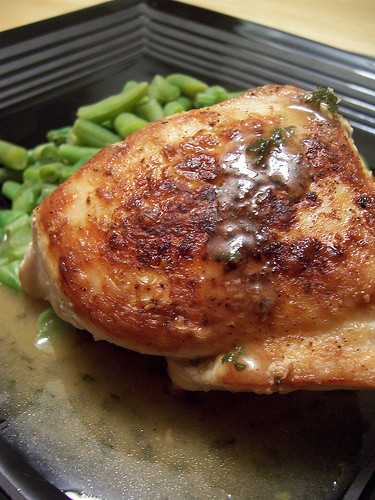
4. Buy bone-in, skin-on chicken breasts. It's a fact of life that
the chicken breast is the most popular seller at the meat counter. It
doesn't have a lot of flavor by itself (it does not, in fact, taste
like chicken), but buying it boneless and skinless removes the best
chance it has to redeem itself. Those pictures on television of chicken
oozing clear juice as it's sliced (on the bias, of course) are easily
done at home. Roasting chicken breast on the bone results in much, much
juicier chicken, and leaving the skin on renders the subcutaneous fat down onto the chicken, keeping it moist while protecting it from the heat.
To roast the chicken, preheat the oven to 375°F. Rub the top of a half
breast–one “lobe”–with a tiny bit of oil; a quarter of a teaspoon is
plenty. If you want crispy chicken skin, called gribenes in Yiddish and
an essential component of chopped liver, loosen (but don't remove) the
skinand rub another quarter of a teaspoon of oil directly on the meat.
Salt and pepper the chicken, then place it on a dry roasting pan and
put it in the oven for about half an hour, until the chicken is done
(when pierced, the juices will run clear, not red). Let it sit outside
the oven for just five minutes, then slice it off the bone, which is
easy to do.
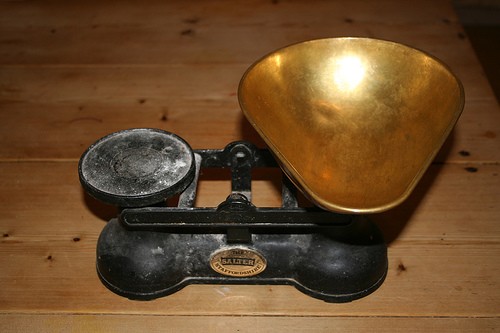
5. Learn to weigh ingredients. A cup of flour today is not the same
as a cup of flour tomorrow. If you're scooping out of a bag that's been
knocking around your trunk on the way home from the market, it will
weigh significantly less than if you scoop out of a bag that's been
sitting in your cabinet for a week. If you scoop and level, it will
weigh significantly more than if you spoon the flour into the cup. The
reason is that flour, unlike white sugar, can be compacted. Today's
perfect, ethereal buttermilk biscuit recipe may result in leaden,
biscuit-shaped anvils tomorrow, thanks to flour's tendency to settle in
its package. The solution is to weigh it. A digital scale can be a big
help here, but even a manual, spring-type scale is better than trusting
to measuring cups.
You'll need to do some research for your recipes. Measure like you
normally do, then weigh the flour. Don't forget to tare (remove the
weight of the bowl by putting the bowl on the scale and resetting to
zero). If the end result comes out like you like it, you'll know how
much flour to use the next time and you'll have a much more consistent
product. Other things that should be weighed include cornstarch in
large quantities, cornmeal (the grind size can affect your weight),
butter (those tablespoons on the wrapper are next to useless since
they're not consistently wrapped with the zero line on the end) and any
large items like chocolate chips, raisins, dried cranberries, etc.

